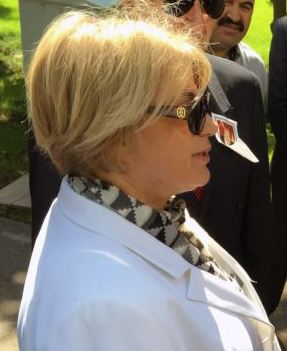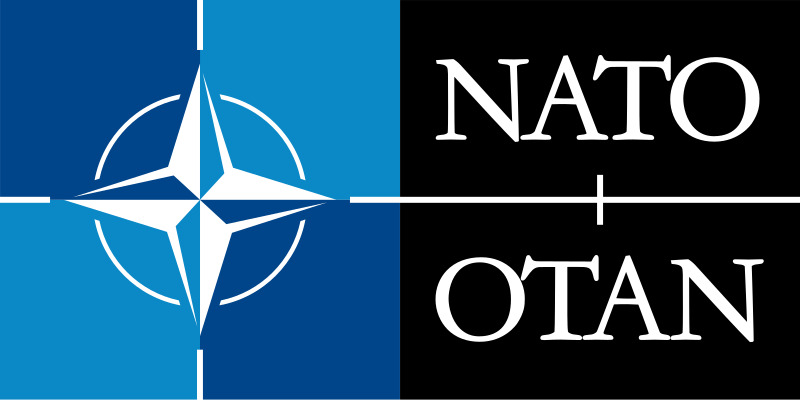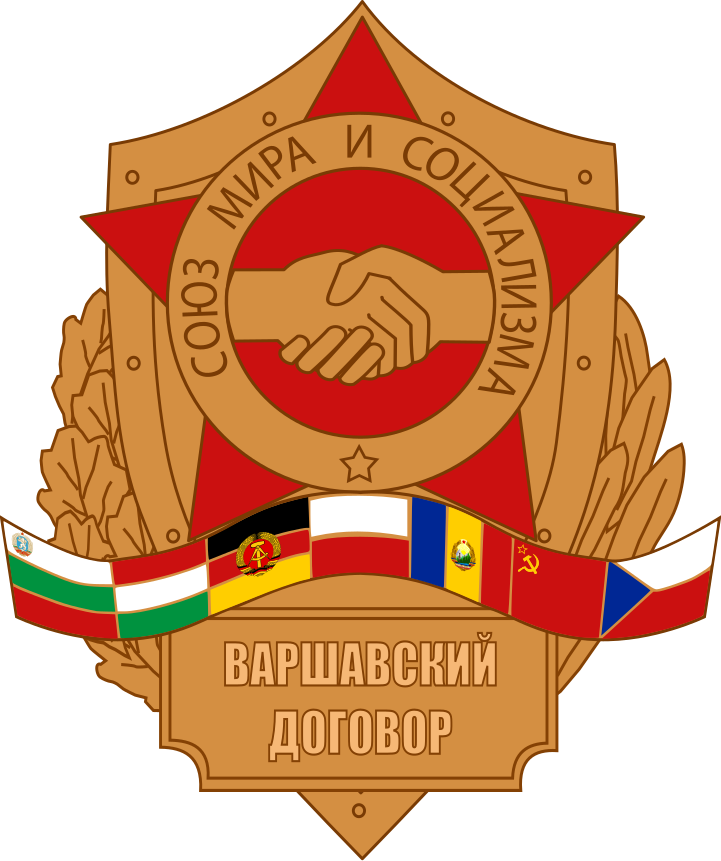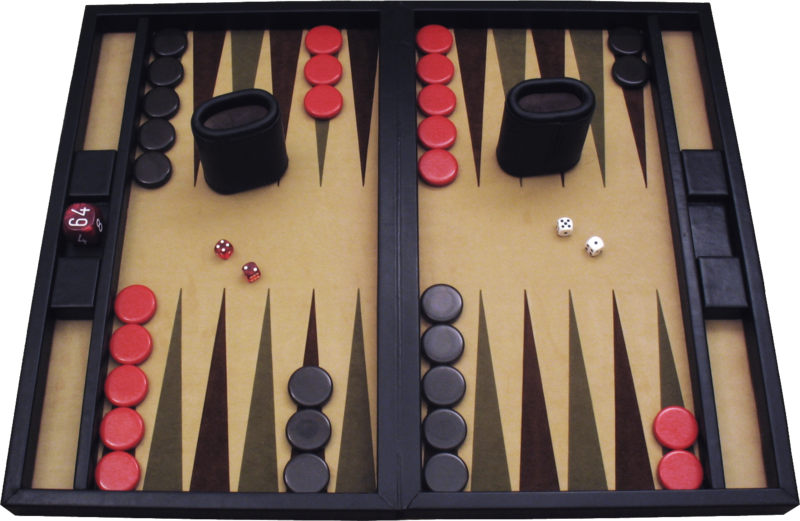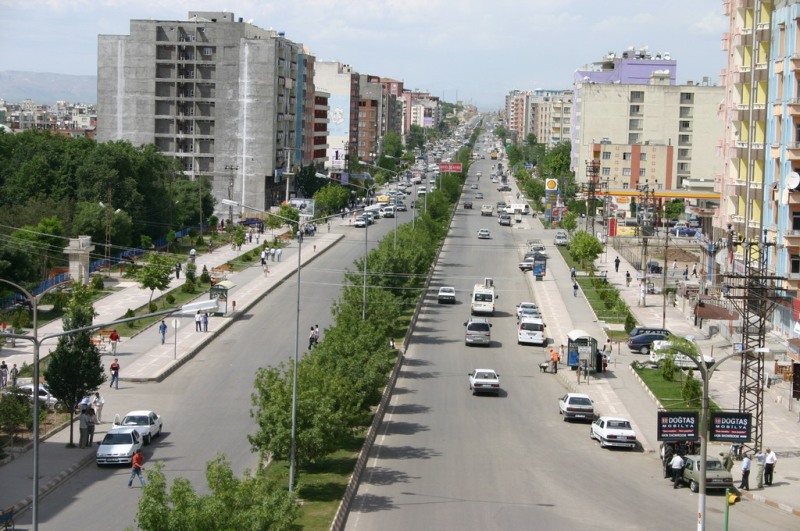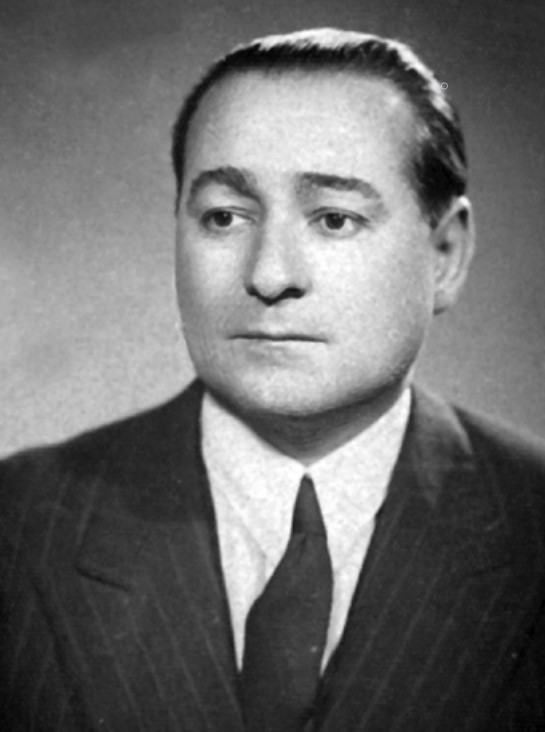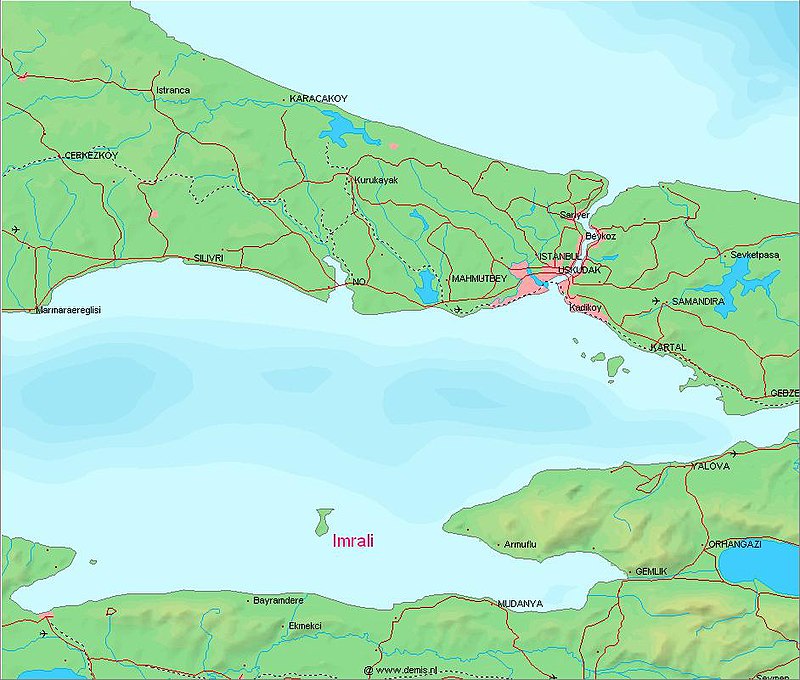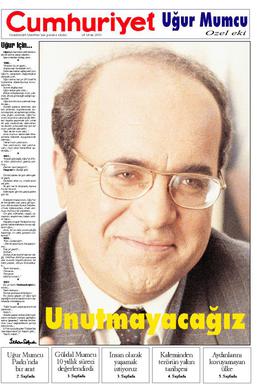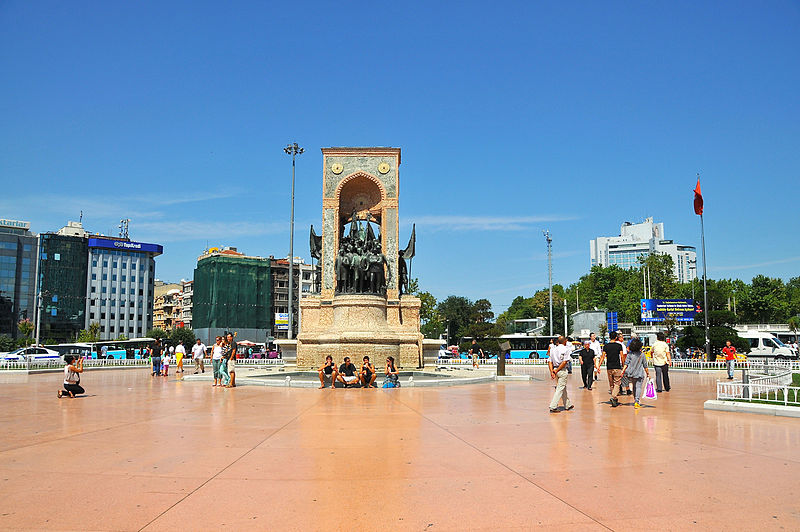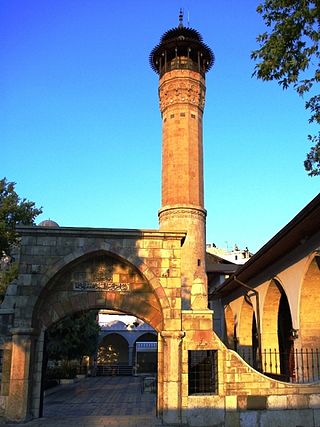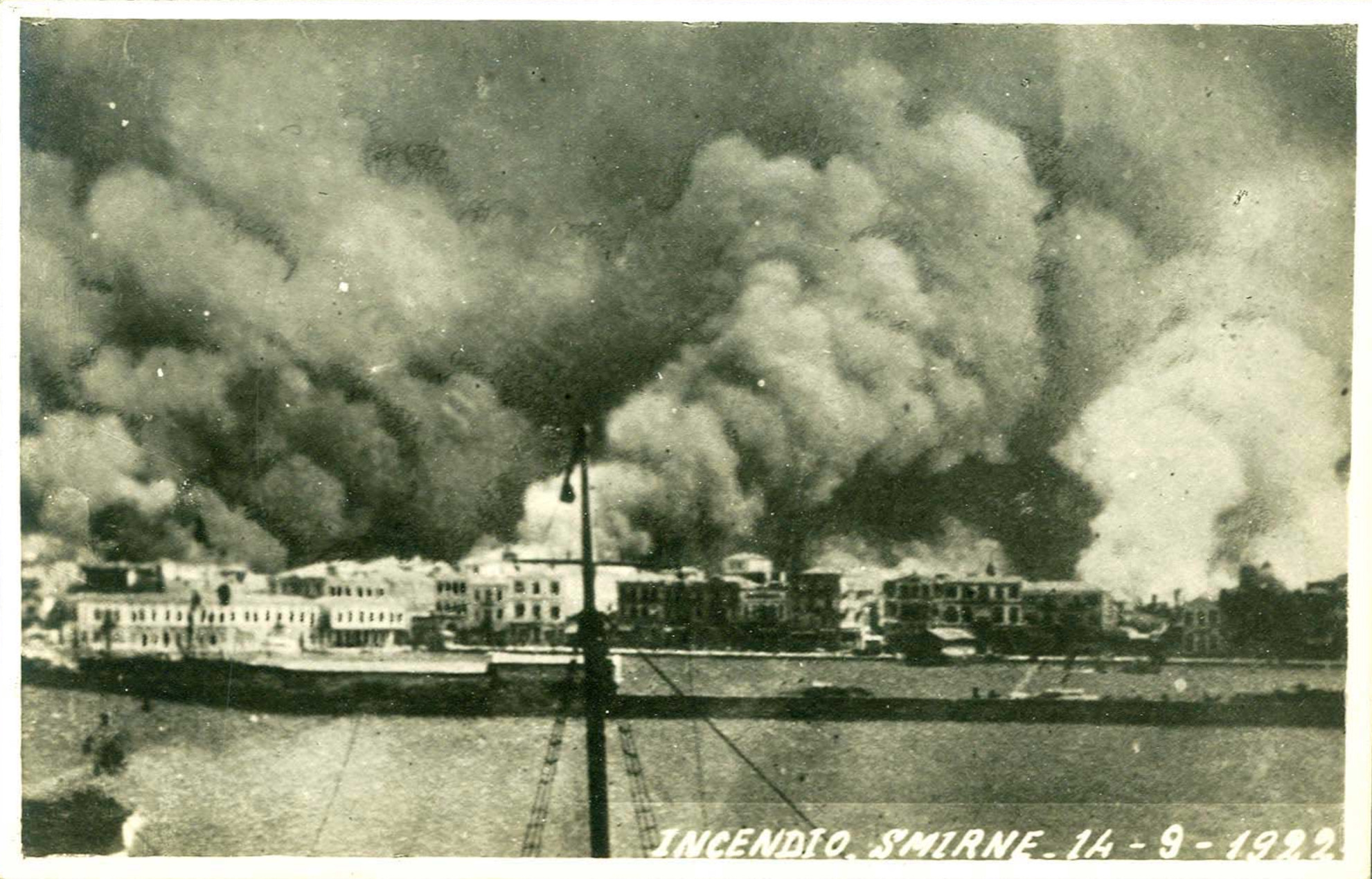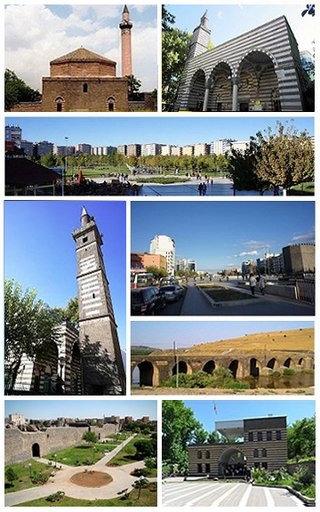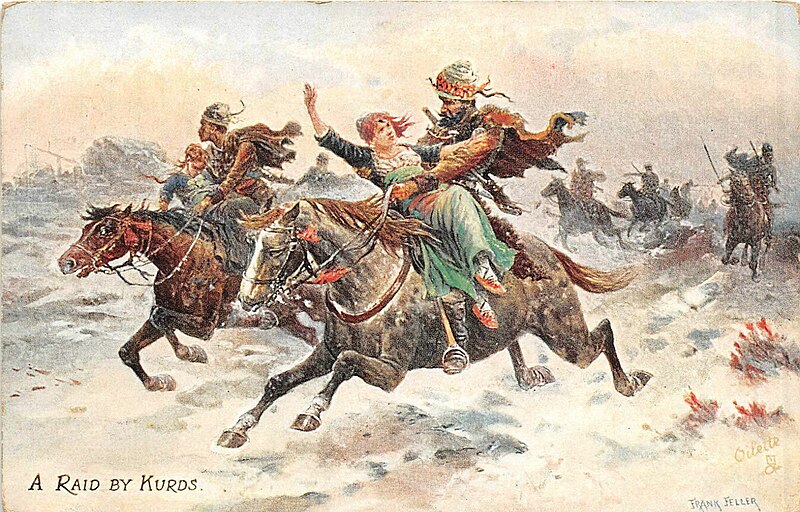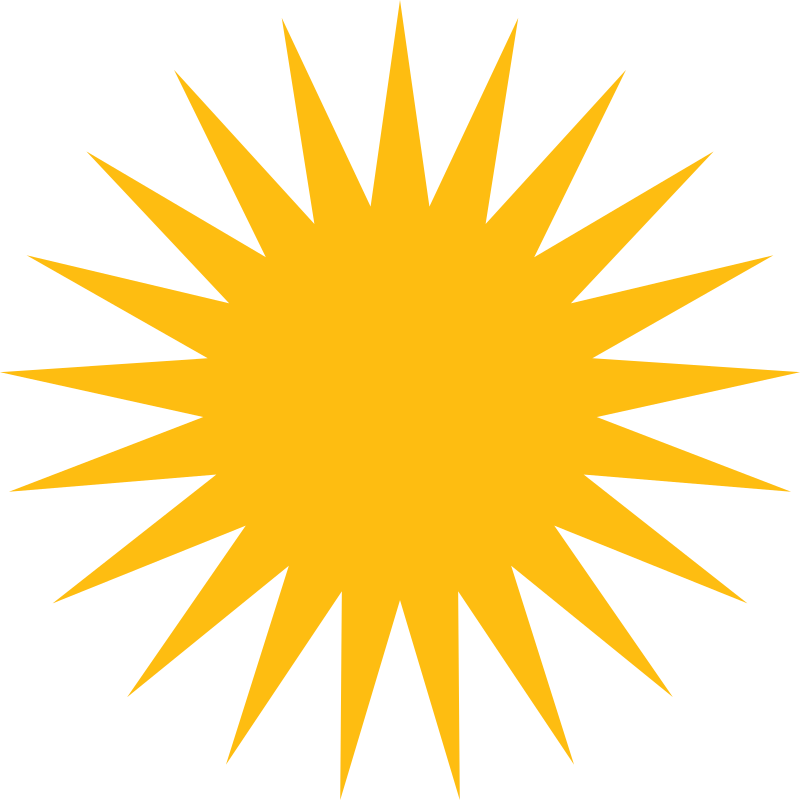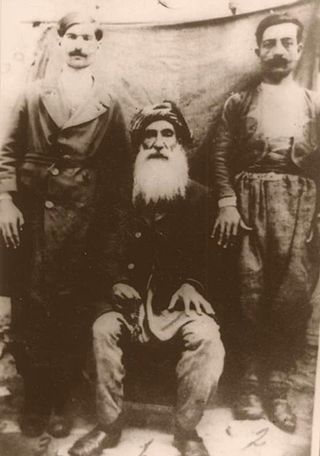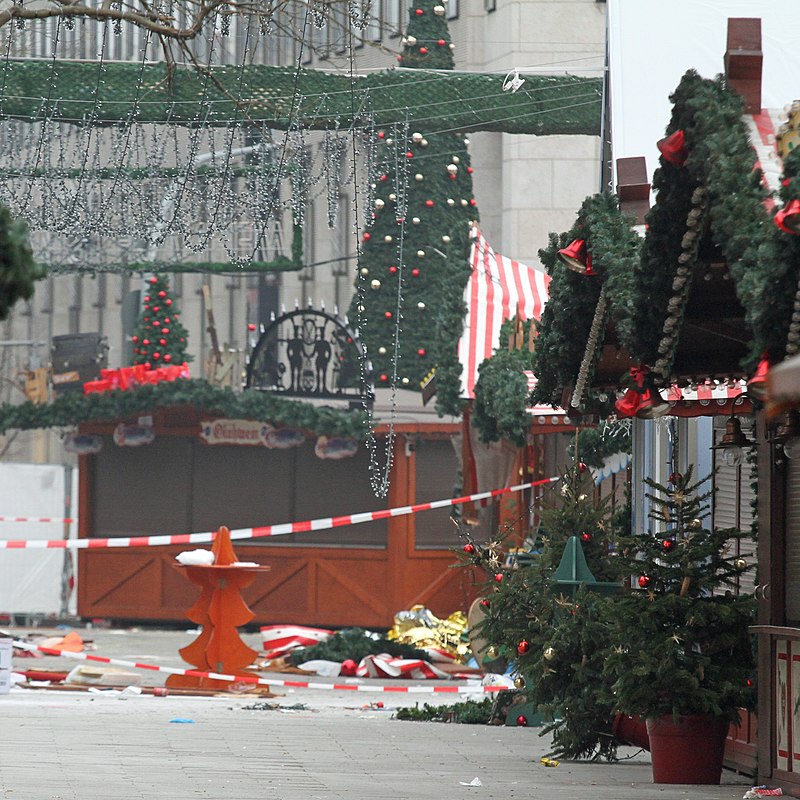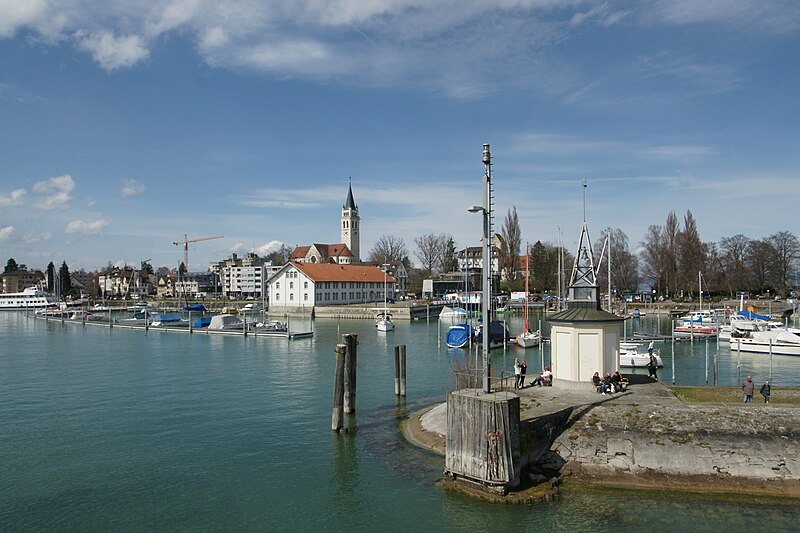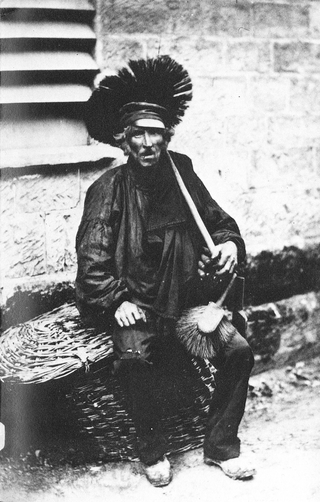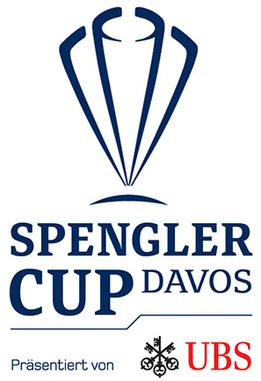
Above: Images of Pendil, Istanbul, Türkiye
Beyoğlu, İstanbul, Türkiye
Sunday 7 April 2024
“Yesterday I spoke to playwright and humourist Karlweis about keeping a diary.
He said it was good to get into the habit of reckoning up with yourself, but that one never confronts oneself with the whole truth, there is always an element of coquetry about it.
Sadly, I must admit that he is right.
In these pages I have often lied and glossed over many of my faults.
Forgive me, I’m only human.“
(7 April 1899: Alma Mahler – Werfel)

Above: Austrian composer, author, editor and socialite Alma Mahler – Werfel (1879 – 1964)
Istanbul has never lacked style.
From as far back as the purple robes of the Byzantines, the hallucinatory pattern makers of the Ottomans and that gorgeous sickle moon and star red flag, this city has known how to cut a dash.
Over the past two millennia Istanbul has retained a vibrancy and flair that, despite the odd ups and downs of politics and the economy, has never been anything less than vital.
Istanbul’s strategic location has attraction has attracted many a marauding army over the centuries.
The Greeks, Persians, Romans and Venetians took turns ruling before the Ottomans stormed into town and decided to stay.
Physical reminders of their various tenure are found littered across the city and the fact that Istanbul straddles two continents wasn’t its only drawcard.
This was the final stage on the legendary Silk Routes that linked Asia and Europe.
Many of the merchants who came here liked it so much that they too decided to stay.
In so doing, they endowed the city with a cultural diversity that it retains to this day.

Above: Aerial view of the historical peninsula and modern skyline of Istanbul
Some ancient cities are the sum of their monuments, but Istanbul factors a lot more into the equation.
Chief among its manifold attratctions are the locals, who have an infectious love of life and generosity of spirit.
This vibrant, inclusive and expanding community is full of people who work and party hard, treasure family and friendships, and have no problem melding tradition and modernity in their everyday lives.
Joining them in their favourite haunts – çay bahcesis (tea gardens), neighbourhood coffeehouses, meyhanes (Turkish taverns and kebapçis (kebap restaurants) – is a highlight of any visit.

Above: Aya Sophia Mosque in Istanbul
“Why do I love this city?
Let me count the ways.
I love the locals who have an endless supply of hospitality, good humour and insightful conversation at their disposal.
I love the fact that when I walk down a city street, layers of history unfold before me.
I love listening to the sound of the müezzins dueling from their minarets and I love seeing the sun set over the world’s most beautiful skyline.
I love the restaurants, the bars and the tea gardens, but most of all I love the fact that in Istanbul an extraordinary cultural experience lies around every corner.”
(Virginia Maxwell, Lonely Planet Istanbul)

Istanbul has long been a city in transformation.
Its name changed from Byzantium to Constantinople to Istanbul.
Its rulers included Byzantine Emperors, Ottoman Sultans and Republican officials.
It hosted the senior Patriarchate of the Greek Orthodox Church, the spiritual leader of the world’s Eastern Orthodox Christians and the seat of the Islamic Caliphate.
So is Istanbul an Islamic city?
A Byzantine beacon?
A modern metropolis?
All of the above.
In the course of all these changes the city has managed to preserve its magnificent scenery, history and culture.
It has become an open museum of different civilizations.

Above: Maiden’s Tower, Istanbul
Travellers from Europe (such as my German wife) and North America (such as your humble Canadian blogger) have come to Istanbul to observe this curious living legacy, projecting our dreams of a society free from the constraints of the Western world.
During two centuries of touristic activity, Istanbul has become not only an object of observation, but as well a source of inspiration for the observer.
The observations of the rituals, the monuments as well as the mundane life of a city struggling to preserve its personality in the constant ruthless flux of change continues to be captured by writers, diplomats and tourists.
Many travellers have approached Istanbul from the sea and have witnessed the beauty of Byzantium as it appears to them, dreamlike between the fogs of fantasy and the rigours of reality.
We did not.

Above: Ortaköy Mosque, Istanbul
As Istanbul is the nation’s capital in everything but name, getting here is easy.
There are two international airports (Istanbul International and Sabiha Gökçen International Airport:
The former is a sophisticated cosmopolitan fatherly airport and the latter is his pragmatic budget daughter) and two otogars (bus stations) from which international travellers arrive and depart.
My wife flew to the father and will depart from the daughter.

Above: View of Levent financial district from Istanbul Sapphire Tower
There are two international sleeper train services to / from Istanbul:
- the Istanbul – Sofya Express to Bulgaria

Above: Sofia, Bulgaria
- the Bosfor Ekspresi to Bucharest (Romania)

Above: Bucharest, Romania
Travellers wanting to make their way to Iran can take the high speed train to Ankara and then connect with the weekly Trans-Asya service to Tabriz and Tehran.
The trip from Ankara takes 2 1/2 days.

Above: Flag of Iran
As a resident expat teaching in Eskişehir, I boarded the 0640 train – one of the eight daily fast trains that operate between Ankara and Istanbul.

Above: Eskişehir railway station
Though the most convenient place to disembark the train is at Söğütlüçeşme Station in Kadiköy District, usually I disembark at Pendik Station to then grab a cab to Sabiha Gökçen Airport.
Normally I fly out from there but today I would meet the wife arriving there (finally) at 1630.

Above: Sabiha Gökçen International Airport, Istanbul
The Turkish State Railways own and maintain all public railways in Turkey.
This includes railway stations, ports, bridges and tunnels, yards and maintenance facilities.
In 2016, TCDD controlled an active network of 12,532 km (7,787 mi) of railways, making it the 22nd largest railway system in the world.
The Turkish State Railways operate passenger services on 90% of their system.
These are intercity, regional, commuter and international services.
In the railways’ first year, 52% of passenger travel in Turkey was by rail, despite the system lacking connections to many parts of the country.
Rail transport was the main mode of transport for passengers in the following two decades, reaching an all-time high of 57% of passenger transport in 1947, but then started to decline after 1950, due to the mass construction of roads.

Above: Turkish State Railways logo
Today, the passenger ratio is slowly increasing with the opening of high-speed rail lines in Turkey.
High-speed rail in Türkiye began service in 2009.
TCDD has branded its high-speed service as Yüksek Hızlı Tren (YHT)(“high speed train“), after the trains’ capacity to reach 250 km/h (and in some advanced sections of the Ankara-Konya railroad up to 300 km/h).
There had been previously tried but failed accelerated train projects, i.e. higher speed rail without the necessary upgrades on the railroad tracks, causing a number of accidents and ending up with losses incurred by TCDD in early 2000s.
YHT, in stark contrast, became a commercially successful, safe and cheap alternative to flights and roads, cutting the travel time between the city centers of two largest cities of the country up to 4 hours.
Currently, YHT trains operate 22 daily trips based from its central hub in Ankara, in addition to more trips on the Istanbul–Konya high-speed railway that bypass Ankara.
YHT currently operates on two main lines:
- the Ankara – Istanbul high speed railway
- the Ankara – Konya high speed railway
In total, these lines connect eight provincial capitals out of 81 provinces in Türkiye, namely Adapazarı (via Arifli), Ankara, Bilecik, Eskişehir, Istanbul, İzmit, Karaman and Konya.
There are currently ongoing construction projects aiming to link up at least six more provincial capitals, including the 3rd and 4th largest cities of the country İzmir and Bursa, as well as Afyonkarahisar, Edirne, Kayseri, Sivas and other potential cities.
Further ambitions at the planning stage eventually aim to link up east and west points of the country through high-speed railways and act as an international high-speed railway bridge across Europe and Asia.

Pendik Station (Pendik garı) is the main railway station in the Pendik District of Istanbul, located between Hatboyu and Abdülhalik Renda Avenues in southeastern Pendik.
The TCDD operates YHT trains to Ankara and Konya, via Eskişehir, along with daily regional trains to Adapazarı.
The station is 24.05 km (14.94 mi) away from Haydarpaşa Station in central Istanbul.

Above: Pendik station building
(Haydarpaşa Station (Haydarpaşa Garı) is a railway station in Istanbul, that was, until 2012 the main city terminal for trains travelling to and from the Anatolian side of Turkey.
It used to be Turkey’s busiest railway station.
(Its counterpart on the European side of the city was Sirkeci Station which served train services to and from the Thracian side of the country.)
Since a fire in 2010 the station has not been in use and its future remains uncertain.)

Above: Haydarpaşa Station, Istanbul
The Metro line M10 makes the link between Pendik and Sabiha Gökçen Airport, nine kilometres north.
As a taxi is far simpler than struggling with vending machines I tend to take a taxi to the airport from the station.

Above: Istanbul Metro logo
Arriving at Pendik Station at 0912, more than six hours before my wife’s ETA, I decided to linger in Pendik until noon and then I grabbed a cab to the Airport.
Pendik is a municipality and district of Istanbul Province.
Its area is 190 km2.
Its population is 750,435 (2022).
It is the 4th largest district of Istanbul and the largest district of the Anatolian Side.
It is on the Asian side between Kartal and Tuzla, on the Marmara Sea.
The area has a Formula One racetrack.
There is a high-speed boat across the Marmara Sea to Yalova for people travelling out of the city to Bursa and the Aegean.
Although Macedonians are known as the oldest settlement in Pendik, human remains dating back 4,000 years were found during excavations.
In the district, between Kaynarca and Pendik, 50 meters away from the coast, an old settlement dating from the Neolithic period, thought to have been founded in 6500 BC, was found with 32 graves and house foundation ruins.
During the Roman, Byzantine and Latin Empire periods, the coastal town was known as Pantichium.
Although it remained with the Seljuks in 1080 – 1083 after Roman and Eastern Roman domination, it fell into the hands of the Latin Empire again.
In 1306, it came under Ottoman rule, but this led to Byzantine efforts to regain it.
These efforts were unsuccessful with the Battle of Pelekanon in 1330.
Pendik, which remained empty until Abdurrahman Gazi took it over during the reign of Yıldırım Bayezid in 1400, has been a settlement completely under Turkish rule since then.
Pendik, which was a small fishing town under Ottoman rule, was completely destroyed by a big fire.
According to sources, after the 50-hour fire that destroyed 1,200 houses and shops, Azaryan Efendi, the Chairman of the Notary Assembly, Senate and Foreign Affairs Committee, brought engineers and architects from Paris and had the plans of the new settlement drawn.
He also put his signature on the plans by having the first letter of his name placed in the city center.
Today, the lines formed by Gazipaşa-İsmetpaşa and Orhan Maltepe Streets are still the busiest center of the district.

Over the centuries, Bosniaks have migrated to Turkey, with a large number arriving after the Austro-Hungarian campaign in Bosnia and Herzegovina in 1878.
Many settled in the Pendik boroughs of Sapanbağları, Yeşilbağlar and Bahçelievler.
Apart from naming their streets and shops after their village in Bosnia, these people have blended into the Istanbul working-class lifestyle of the rest of Pendik.
After the 1924 Turkey – Greece Population Exchange, the Muslim Turkish population from Drama and Ioannina settled in Pendik.
The Greeks who went from Pendik also founded a settlement called Pendik near Thessaloniki.
The core of the new Pendik was formed with the participation of Drama residents, Yanya residents and, in the 1950s, Erzincan residents.
Bosnians who emigrated from Yugoslavia after 1960 were also added to this structure .
This immigrant population settled in Pendik’s Sapanbağları and Yeşilbağlar neighborhoods between 1960 and 1970.
Until the 1970s Pendik was a rural area, far from the city.
The opening of the Pendik Shipyard on 1 July1982 in Pendik, which generally developed as a summer settlement until the Eighties, played a major role in which Pendik received the most immigration.
Due to the opening of the shipyard and the great development of industrial establishments and increasing migration, Pendik ceased to be a summer settlement.
Apartment buildings began to replace houses with gardens.
In 1990, 3,150 houses were built in Pendik – Kurtköy for those forced to migrate from various cities of Bulgaria.
In the late 1990s two private educational institutions were built inland from Pendik:
- Koç Özel Lisesi

Above: Koç School logo
- Sabancı University

Road construction and industrial development in the Pendik/Tuzla/Gebze region has been ongoing since the 1990s.
Pendik receives immigration day by day.
The majority of the District consists of citizens originating from Sivas, Erzurum, Ordu, Tokat, Kastamonu, Trabzon, Erzincan, Sakarya and Giresun provinces as well as citizens of Bosnian and Balkan immigrant origin.

Above: Pendik shore
Today Pendik is a crowded mix of working class housing (especially further towards the E5 motorway) with more expensive apartments with sea views along the coast.
There is a busy shopping district (with a large street market on Saturdays), restaurants and movie theaters.
Pendik is far from downtown Istanbul.

Above: Pendik
It is served by Marmaray suburban trains.

The coastal road is fast but does not carry public transport, except for Bus 16A which only runs until 8 pm and the Kadikoy-Bostanci-Pendik dolmus.

Above: Pendik
There is a certain undefinable quality about Pendik that I like.
Perhaps Pendik represents a sense of novelty, for it is from here where I usually embark on new adventures.
Thanks to previous visits, I am known on sight at both the teahouse and the Kent Park kebab restaurant close to the Station.
I have on occasion, time permitting, wandered down the pedestrian street, soaking in the hustle and bustle of shoppers.

Above: Pedestrian zone, Pendik
I marvel at the beauty of the centrally located mosque and sometimes have coffee at Daniel’s Coffee.

Today, having a quarter of the day to spare, I found a restaurant, the Cooking House, serving breakfast, and soon I am feasting on a mixed omelette, orange juice, Turkish coffee (with sugar) and black tea.

As I eat, I read George Orwell’s Nineteen Eighty-Four yet again, but this time I try to see this masterpiece from a writer’s point of view, using tips I have garnered from Francine Prose’s (Is that really her name?) Reading Like a Writer: A Guide for People Who Love Books and for Those Who Want to Write Them.
As I read, I think about what I have read and how Orwell struck his thoughts and plot together.
There remains so much about Nineteen Eighty-Four with which I can personally relate.

His writing is vivid right from the start.

Above: English writer Eric Blair (aka George Orwell) (1903 – 1950)
“It was a bright cold day in April and the clocks were striking thirteen.”
Light exposes the cold.

Thirteen is an unlucky number in the West as Christ’s 13th disciple Judas Iscariot would betray Him.

Above: The Kiss of Judas, Giotto di Bondone (1304)
Thirteen hundred hours is a militaristic way of telling time.

I can see and feel in my mind the vile wind, the gritty dust, the smell of boiled cabbage and old rag mats.
The world looks cold, the sky a harsh blue but beneath a world that has no colour in anything.
A place to be experienced with a sort of vague distaste, a rotting vista, patched-up windows, sagging walls and plaster dust, a place unpossessed by either background or intelligibility.
And yet its denizens are damned to set their features into expressions of quiet optimism.

Above: Winston Smith (John Hurt), Nineteen Eighty-Four (1984)
Pendik is not the London of Nineteen Eighty-Four.
The breeze is gentle, the streets clean, only the aroma of coffee and omelette assault my senses.
The world is warm, the heavens beaconing, the future bright and kaleidoscopic
A moment to be savoured, delicious and fresh, a vista of promise, cats clamber walls, aplace unposing unaffected by either past or potentiality.
The moment is.
It is glorious.

Above: Pendik
As a public persona in the role of an educator I must be acutely aware of how my reactions can reverberate against me.
To dissemble your feelings, to control your face, to do what every one else was doing, an instinctive reaction, silently, invisibly keeping alive belief, hope.
Like Winston Smith, I am also well aware that whether I refrain from writing this electronic diary, makes no difference.
Whether I continue with this diary or whether I don’t go on with this makes no difference.
To write a diary is to be frozen by the mutability of the past.
To feel as though you are wandering, alone.
The past is dead, the future unimaginable.
What certainty do I have that one single human being now living is on my side?
Nothing is truly your own except the few cubic centimetres inside your skull.
For whom is this diary being written?
For the future, for the past – for an age that might merely be illusionary.
In front of me there lies only death.
Ashes to ashes, dust to dust.
Out of existence and out of memory.
How can you appeal to the future when not a trace of you could physically survive?
Perhaps I am a lonesome ghost uttering thoughts no one reads.
But as long as I speak, the continuity is unbroken.
It is not by making yourself heard but by staying sane that we carry on the human heritage.
It is extraordinarily difficult.
When there are no external recorns that you can refer to, even the outline of your own life loses its sharpness.
If all records tell the same tale – then the lie passes into history and becomes truth.
“Who controls the past controls the future.
Who controls the present controls the past.”, ran the Party slogan.
And yet the past, though of its nature alterable, never had been altered.
Whatever was true now was true from everlasting to everlasting.
It was quite simple.
All that was needed was an unending series of victories over your own memory.
Reality control.
Doublethink.

Above: Winston Smith (John Hurt), Nineteen Eighty-Four (1984)
I consider my own past.
So much unrecorded.
What I remember is “truth” even if I cannot prove it to be true.
What I write is “true” whether anyone believes it to be plausible or not.
In retelling my life for public purview I slide away into the labyrithine world of doublethink.
To know and not to know.
To be conscious of complete truthfulness while telling carefully constructed lies.
To hold simultaneously two opinions which cancel each other out, knowing them to be contradictory and believing in both of them.
To use logic against logic.
To repudiate morality while laying claim to it.
To forget whatever it is necessary to forget, then to draw it back into memory again at the moment when it is needed and then promptly to forget it again.
To apply the same process to the process itself.
I invent myself.
Some of my lies are true.

Above: Canada Slim once upon a time
The past has not merely been altered.
It has been actually destroyed.
For how could you establish even the most obvious fact when there exists no true record outside your own memory?
A memory that is itself alterable and inaccurate?
He: We met at nine.
She: We met at eight.
He: I was on time.
She: No, you were late.
He: Ah, yes, I remember it well.
He: We dined with friends.
She: We dined alone.
He: A tenor sang.
She: A baritone.
He: Ah, yes, I remember it well.
He: That dazzling April moon.
She: There was none that night.
She: And the month was June.
He: That's right. That's right.
He: It warms my heart to know that you
He: Remember still the way you do
He: Ah, yes, I remember it well.
He: How often I've thought of that Friday.
She: Monday night
He: When we had our last rendezvous
He: Somehow I foolishly wondered if you
He: Might by some chance be thinking of it too?
He: That carriage ride
She: You walked me home
He: You lost a glove
She: It was a comb
He: Ah, yes, I remember it well
He: That brilliant sky
She: We had some rain
He: Those Russian songs
She: From sunny Spain
He: Ah, yes, I remember it well
He: You wore a gown of gold
She: I was all in blue
He: Am I getting old?
She: Oh, no, not you
She: How strong you were
She: How young and gay
She: A prince of love in every way
He: Ah, yes, I remember it well.
Hermione Gingold (She) and Maurice Chevalier (He), Gigi (1958)

Above: Hermione Gingold and Maurice Chevalier, Gigi (1958)
My readers can never really know how much of this legend is true and how much has been invented, for even I myself remain unclear of how much is true and how much I have chosen to be believe is true.
Everything melts into mist, just as this morning’s meal will eventually vanish from my memory.
Who are you?
Who, who, who, who?
Who are you?
Who, who, who, who?
Who are you?
Who, who, who, who?
Who are you?
Who, who, who, who?
I woke up in a Soho doorway
A policeman knew my name
He said, “You can go sleep at home tonight
If you can get up and walk away”
I staggered back to the underground
And the breeze blew back my hair
I remember throwin’ punches around
And preachin’ from my chair
Well, who are you? (Who are you? Who, who, who, who?)
I really wanna know (who are you? Who, who, who, who?)
Tell me, who are you? (Who are you? Who, who, who, who?)
‘Cause I really wanna know (who are you? Who, who, who, who?)
I took the tube back out of town
Back to the Rollin’ Pin
I felt a little like a dying clown
With a streak of Rin Tin Tin
I stretched back and I hiccupped
And looked back on my busy day
Eleven hours in the tin pan
God, there’s got to be another way
Well, who are you? (Who are you? Who, who, who, who?)
I really wanna know (who are you? Who, who, who, who?)
Tell me, who are you? (Who are you? Who, who, who, who?)
‘Cause I really wanna know (who are you? Who, who, who, who?)
“Who are you?“, The Who, 1978

As I write these words in the quiet restaurant, my face remains completely inscrutable.
As I write these words, I feel joy.
For much of the greatest pleasures in my life are manifest in this moment: a good meal, writing my thoughts and turning them into entertainment and education for those brave enough to continue to read my words until their conclusion, in this ADD world I never made.
I ask questions of myself.
I try to answer them promptly.
I laugh at myself, invisibly and inaudibly.
Don’t think sorry’s easily said
Don’t try turning tables instead
You’ve taken lots of chances before
But I ain’t gonna give anymore
Don’t ask me
That’s how it goes
‘Cause part of me knows what you’re thinking
Don’t say words you’re gonna regret
Don’t let the fire rush to your head
I’ve heard the accusation before
And I ain’t gonna take any more
Believe me
The sun in your eyes
Made some of the lies worth believing
I am the eye in the sky
Looking at you
I can read your mind
I am the maker of rules
Dealing with fools
I can cheat you blind
And I don’t need to see any more to know that
I can read your mind (looking at you)
I can read your mind (looking at you)
I can read your mind (looking at you)
I can read your mind
Don’t leave false illusions behind
Don’t cry cause I ain’t changing my mind
So find another fool like before
Cause I ain’t gonna live anymore believing
Some of the lies while all of the signs are deceiving
I am the eye in the sky
Looking at you
I can read your mind
I am the maker of rules
Dealing with fools
I can cheat you blind
And I don’t need to see any more to know that
I can read your mind (looking at you)
I can read your mind (looking at you)
I can read your mind (looking at you)
I can read your mind
I am the eye in the sky
Looking at you
I can read your mind
I am the maker of rules
Dealing with fools
I can cheat you blind
And I don’t need to see any more to know that
I can read your mind (looking at you)
I can read your mind (looking at you)
I can read your mind (looking at you)
I can read your mind
“Eye in the Sky“, Alan Parsons Project, 1982

I down the details of my delight, pay for breakfast, and roll my bags back to the station.
Grab a cab.
To the Airport.

Istanbul Sabiha Gökçen International Airport (SAW) is one of the two international airports serving Istanbul, the largest city in Türkiye.
Located 32 km (20 mi) southeast of the city center, Sabiha Gökçen Airport is in the Asian part of the bi-continental city and serves as the hub for AJet and Pegasus Airlines.

The facility is named after Sabiha Gökçen (1913 – 2001), adoptive daughter of the founder of the Turkish Republic, Mustafa Kemal Atatürk (1881 – 1938).
She was the first female fighter pilot in the world.

Above: Sabiha Gökçen, first Turkish female aviator
Although Istanbul Airport, located 63 km (39 mi) west of the European side of Istanbul, is larger, Sabiha Gökçen is still one of the largest airports in the country.

Above: Istanbul International Airport logo
The airport was built because Atatürk Airport (located on the European side) was not large enough to meet the booming passenger demands (both domestic and international).
The airport opened on 8 January 2001.
In mid-2008, ground was broken to upgrade the international terminal to handle 25 million passengers annually.
The new terminal was inaugurated on 31 October 2009.
SAW’s international terminal capacity originally was 3 million passengers per year and the domestic terminal capacity was 0.5 million passengers per year.
In 2010, Sabiha Gökçen airport handled 11,129,472 passengers.
The airport had planned (in 2011) to host 25 million passengers by 2023, but had already received and handled more than 35 million passengers by 2019.
In September 2010, the airport was voted the World’s Best Airport at the World Low Cost Airlines Congress in London.
A second runway was inaugurated on 25 December 2023.
The addition of this runway will increase the hourly capacity from 40 to 80 aircraft movements, making the airport hope for double the capacity. It is also planned to build new passenger terminals between the two runways.
The new terminal building with a 25 million annual passenger capacity conducts domestic and international flights under one roof.
The features and services of the new terminal and its outlying buildings include a four-storey car park with a capacity of about 4,718 vehicles + 72 bus (3.836 indoors and 882 + 72 bus outdoors), a four-storey hotel with 128 rooms, adjacent to the terminal and with separate entrances at air and ground sides, 112 check-in, 24 online check-in counters as well as a VIP building & apron viewing CIP halls with business lounges.
There is also a Multi Aircraft Ramp System (MARS), allowing simultaneous service to 8 aircraft with large fuselages (IATA code E) or 16 middle-sized fuselage aircraft (IATA code C) installed.
The terminal additionally features a 400 m2 (4,300 sq ft) conference center, 5,000 m2 (54,000 sq ft) food court, for cafés and restaurants and a duty free shopping area, with a ground of 4,500 square-meters.
At the international departures area, on the airside, an hourly hotel and lounge became operational in January 2020 as well.
The airport’s cargo terminal has a capacity of 90,000 tons per year and is equipped with 18 cold storage depots.

Above: Sabiha Gökçen Airport terminal building
On 23 December 2015, at approximately 2:00 AM, explosions were reported to have occurred in a parked Pegasus Airlines aircraft, killing one cleaner and wounding another inside the plane.
Five nearby planes were reported to be damaged as well.
The operations were reported to continue normally soon after, however with heightened security measures in place.
Three days later, it was reported that militant group Kurdistan Freedom Falcons had allegedly organized the attack.

On 7 January 2020, a plane operated as Pegasus Airlines flight 747, a Boeing 737-800, suffered a runway excursion after landing.
Passengers evacuated the aircraft using slides.
No fatalities or injuries occurred.

On 5 February 2020, a Boeing 737-800, Pegasus Airlines Flight 2193, skidded off the end of Runway 6, leading to an airport shutdown.
There were 177 passengers and 6 crew on board.
Three people were killed, another 179 were injured.

It is always a mistake to read about an airport before the arrival or departure of a plane.
Ignorance is bliss.
Knowledge cripples us, trips us up, with the possibility that what was could once again be.

George: Do you know the three most exciting sounds in the world?
Billy: Sure, “Breakfast is served, “Lunch is served, “Dinner is served.”
George: No. Anchor chains, plane motors and train whistles.
(It’s a Wonderful Life, 1946)

Above: George Bailey (James Stewart) and Uncle Billy (Thomas Mitchell), It’s a Wonderful Life (1946)
Harbours, airports, train stations and bus terminals:
Why are they simultaneously wonderful and horrible?

What excitement!
The boat will sail, the flight will fly, the train and bus will leave from their respective platforms.

Regulated, regimented, restricted.
How depressing that we are viewed as sheep needing shepherds.
Ports, airports and stations are as happy as hospitals.
The old life everpresent amidst the threat and promise of something new.
This airport, most airports, do not encourage you to linger longer than necessary.
Departures are impatience.
Arrivals demand patience.

Above: Rick Blaine (Humphrey Bogart) and Captain Louis Renault (Claude Rains), Casablanca (1942)
I arrived at noon via the departure level.
Apparently, no one takes a taxi to arrive at an airport.

I grab a salad and coffee at Starbucks on the arrivals level and wait.

Above: Starbucks logo
“Whenever I get gloomy with the state of the world, I think about the arrivals gate at Heathrow Airport.
General opinion’s starting to make out that we live in a world of hatred and greed, but I don’t see that.
It seems to me that love is everywhere.
Often it’s not particularly dignified or newsworthy, but it’s always there – fathers and sons, mothers and daughters, husbands and wives, boyfriends, girlfriends, old friends.
When the planes hit the Twin Towers, as far as I know none of the phone calls from the people on board were messages of hate or revenge – they were all messages of love.
If you look for it, I’ve got a sneaky feeling you’ll find that love actually is all around.”
(Love Actually, 2003)

I begin to plan our week in Istanbul though I fully know that my wife has made plans of her own.
For she is a woman and she is German.
The need to control the future is paramount even if it is illusionary.
Men are stupid and women are crazy.

“Istanbul, a universal beauty where poet and archeologist, diplomat and merchant, princess and sailor, Northerner and Westerner screams with same admiration.
The whole world thinks that this city is the most beautiful place on Earth.”
(Edmondo De Amicis, Constantinople)

“If the Earth were a single state, Istanbul would be its capital.
Whoever possesses Constantinople ought to rule the world.”
(Napoleon Bonaparte)

Above: Napoleon Bonaparte (1769 – 1821)
Dear God in Heaven, how in Hell can I possibly capture the essence of beauty in merely a week or for that matter in a lifetime?
Trying to grasp the immensity, the totality of Istanbul is akin to a man seeking to understand a woman.

Above: Galata Tower, Istanbul
Soon my wife’s flight will arrive.
Soon we will be herded into an airport shuttle and thrust into the heart of the capital of the world.

As I write these words my face remains completely inscrutable.
To dissemble your feelings, to control your face, to do what every one else was doing, an instinctive reaction, silently, invisibly keeping alive belief, hope.

“Remember, Red:
Hope is a good thing, maybe the best of things, and no good thing ever dies.”
“I find I’m so excited I can barely sit still or hold a thought in my head.
I think it is the excitement only a free man can feel, a free man at the start of a long journey whose conclusion is uncertain.
I hope I can make it across the border.
I hope to see my friend and shake his hand.
I hope the Pacific is as blue as it has been in my dreams.
I hope!”
(Shawshank Redemption, 1994)

I find I’m so excited I can barely sit still or hold a thought in my head.
I think it is the excitement only a man still in love with his wife can feel, a man at the start of a long journey whose conclusion is uncertain.
I hope her flight arrives without incident.
I hope to see my wife and hold her hand.
I hope the reality of the moment is as magical as it has been in my dreams.
I hope!

Sources
- Wikipedia
- Google Pictures
- Lonely Planet Istanbul
- The Assassin’s Cloak, edited by Irene and Alan Taylor
- Nineteen Eighty-Four, George Orwell
- Gigi (1958)
- “Who are you?“, The Who (1978)
- “Eye in the Sky“, Alan Parsons Project (1982)
- Love Actually (2003)
- Shawshank Redemption (1994)









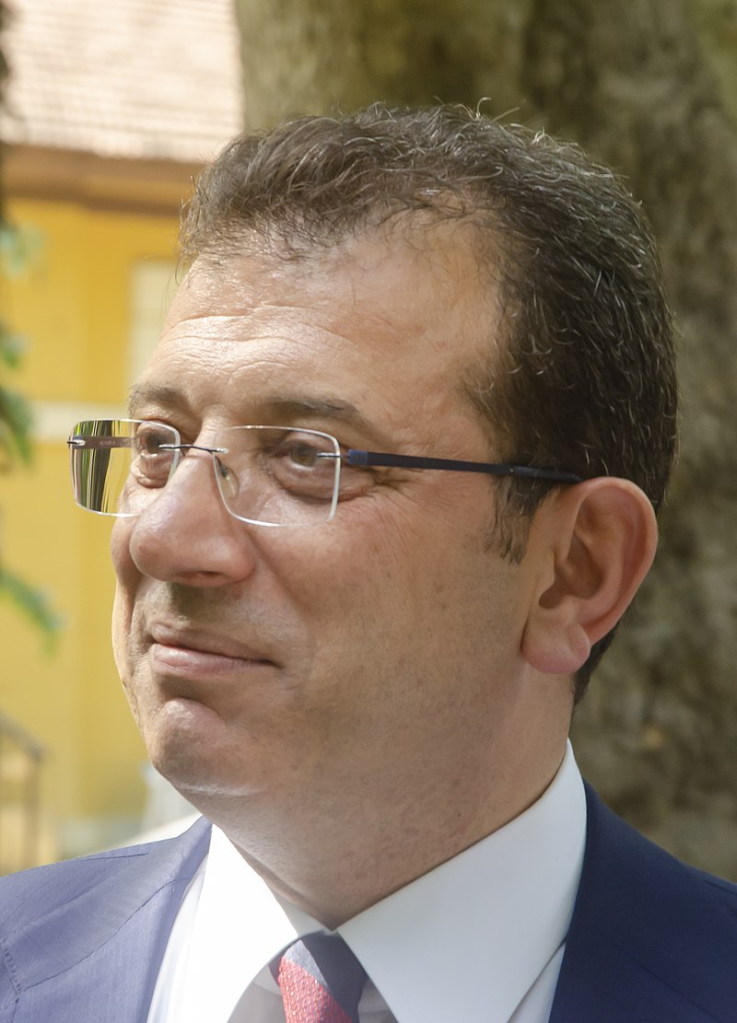

































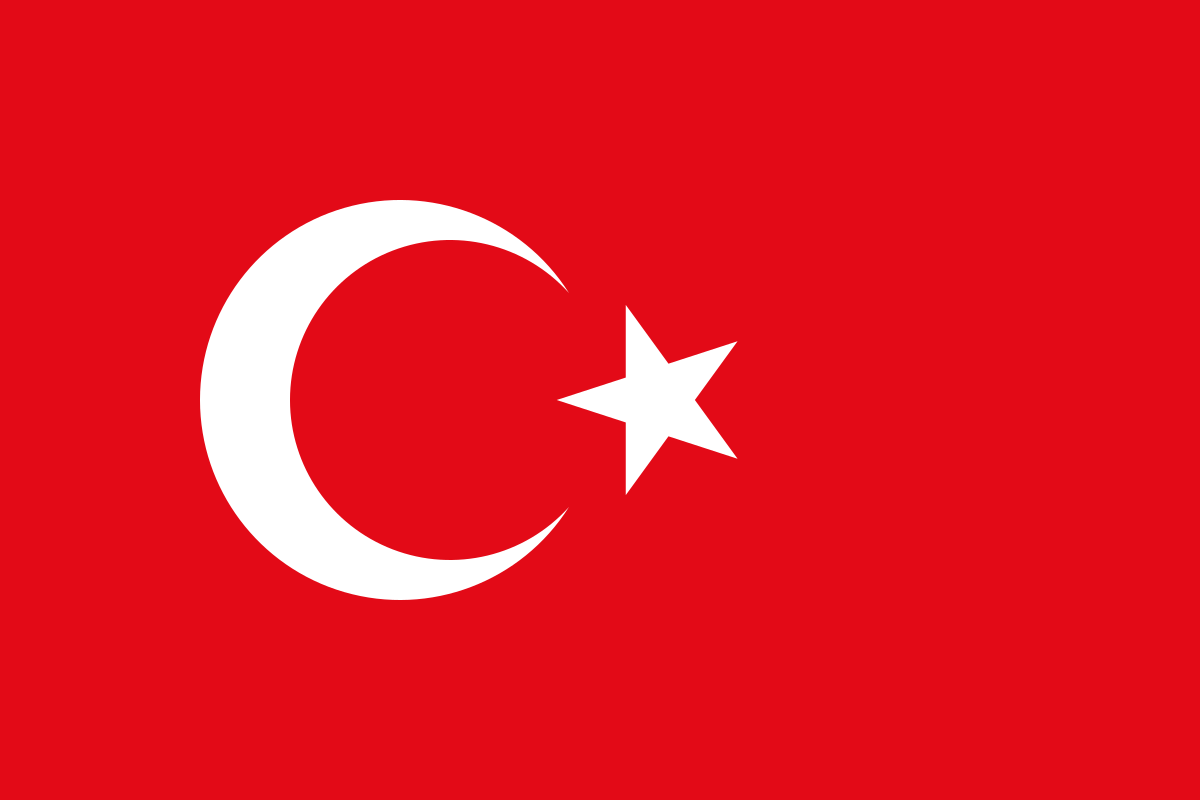




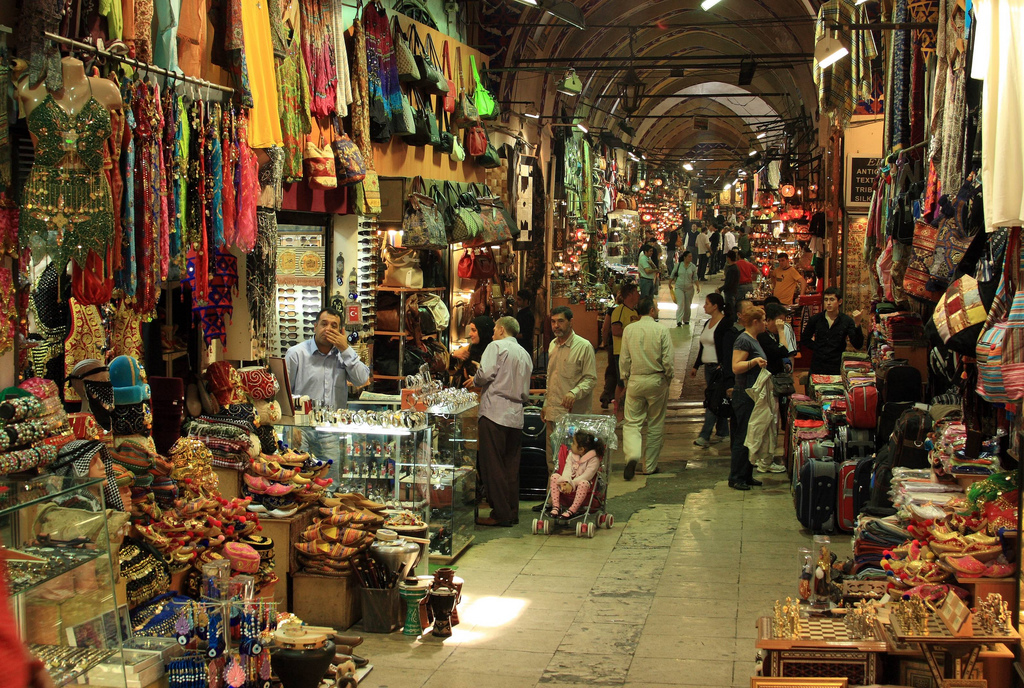
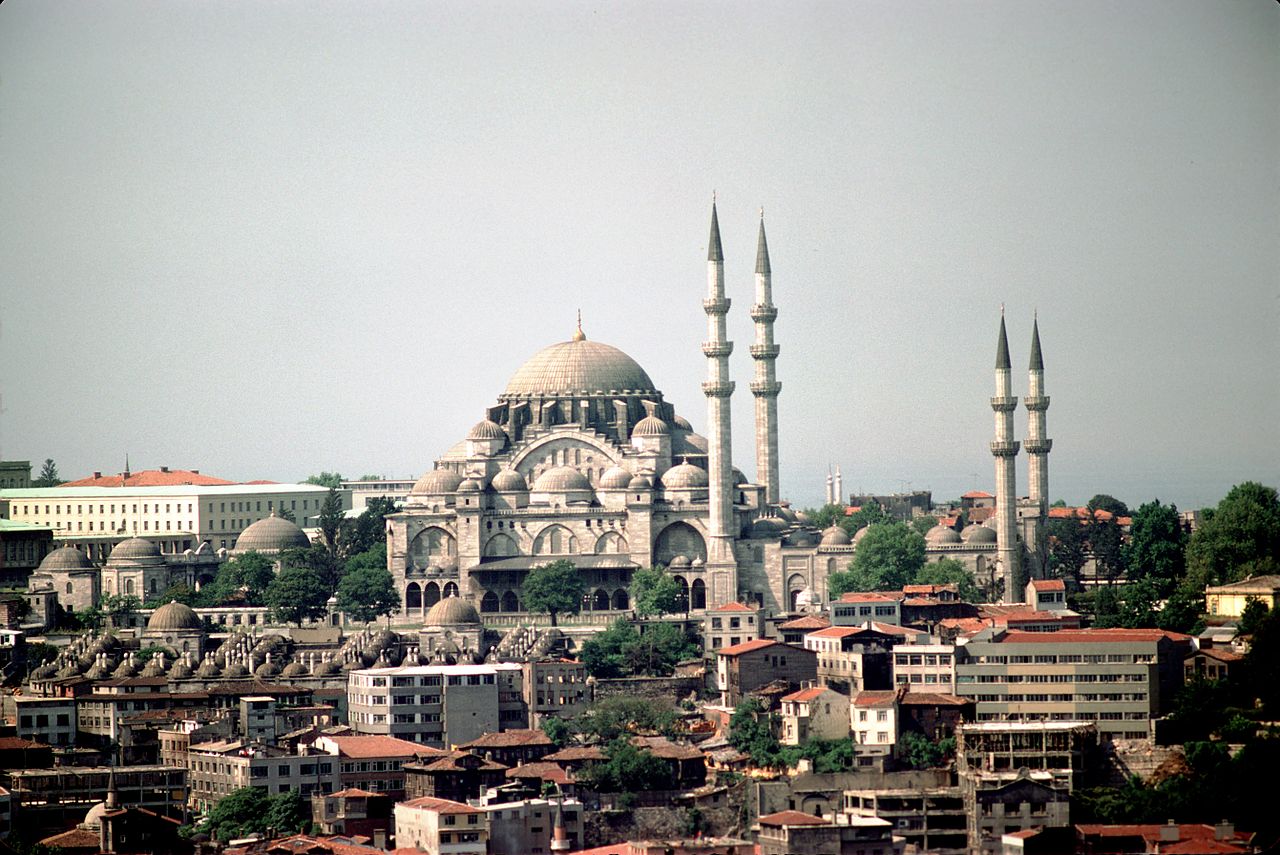












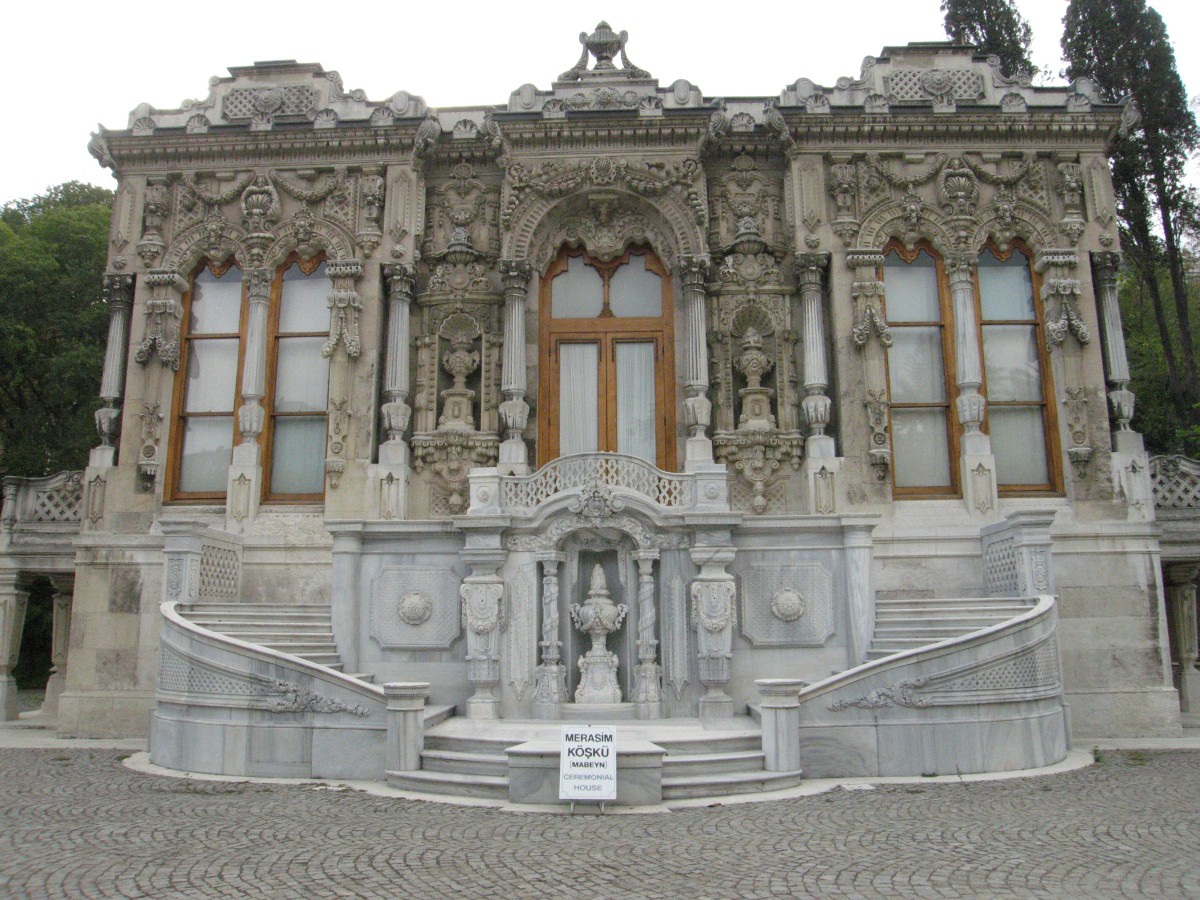
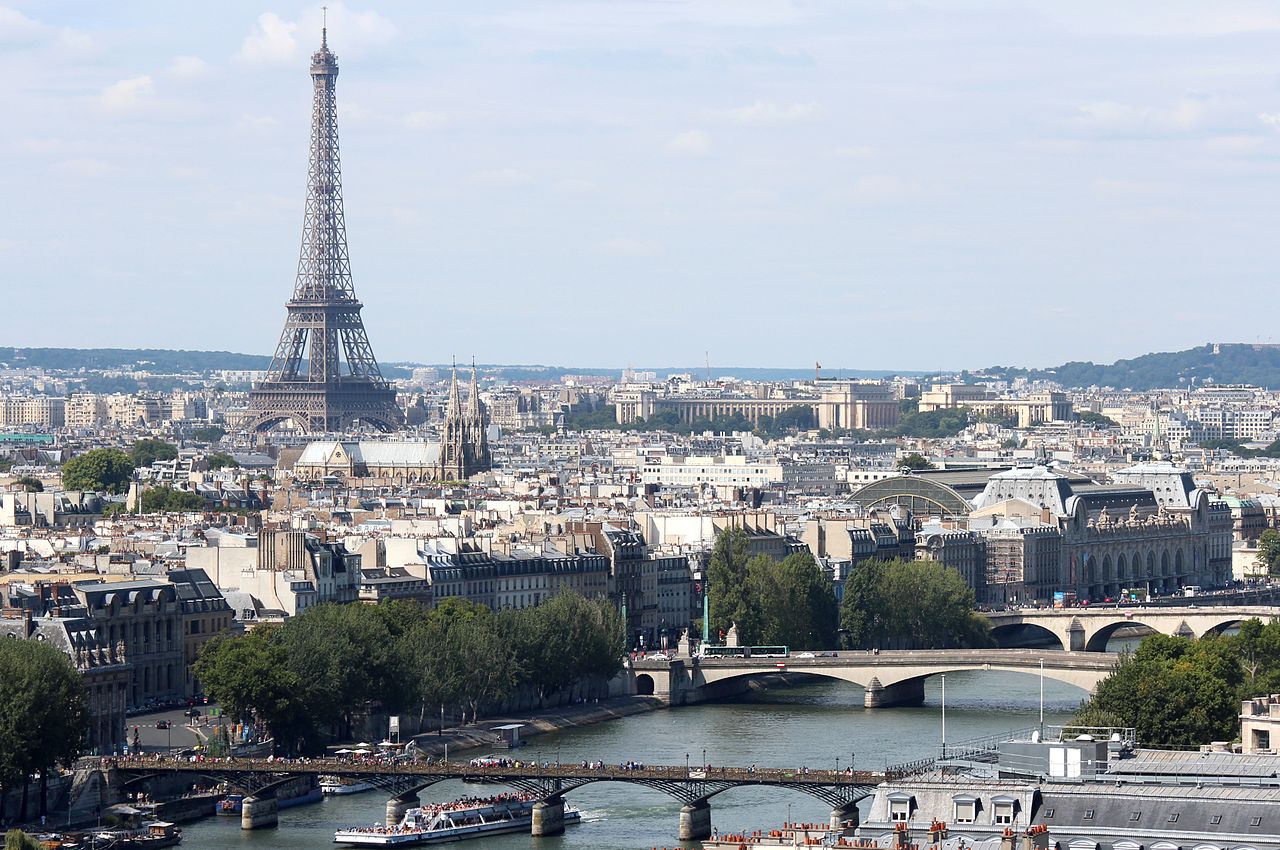













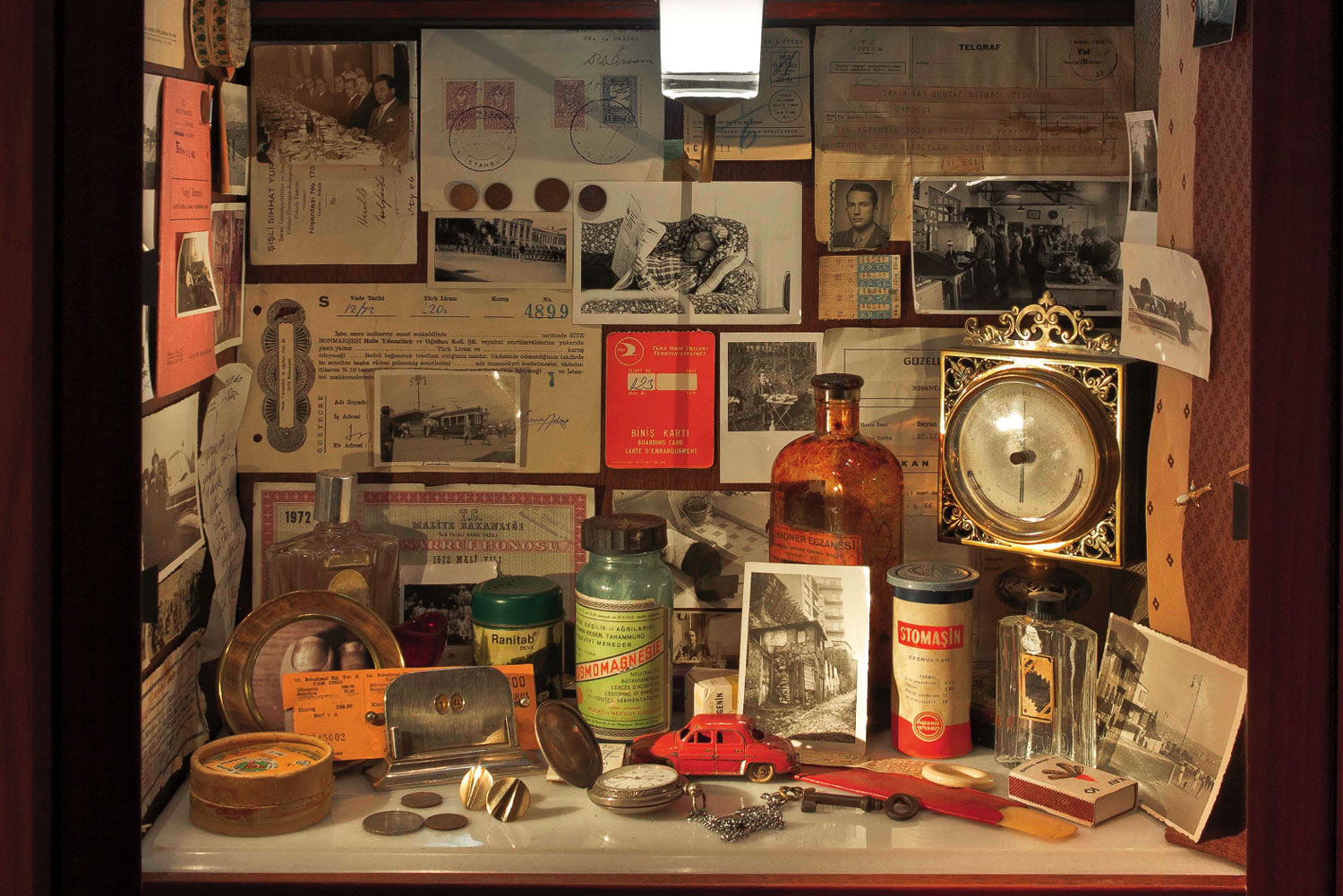

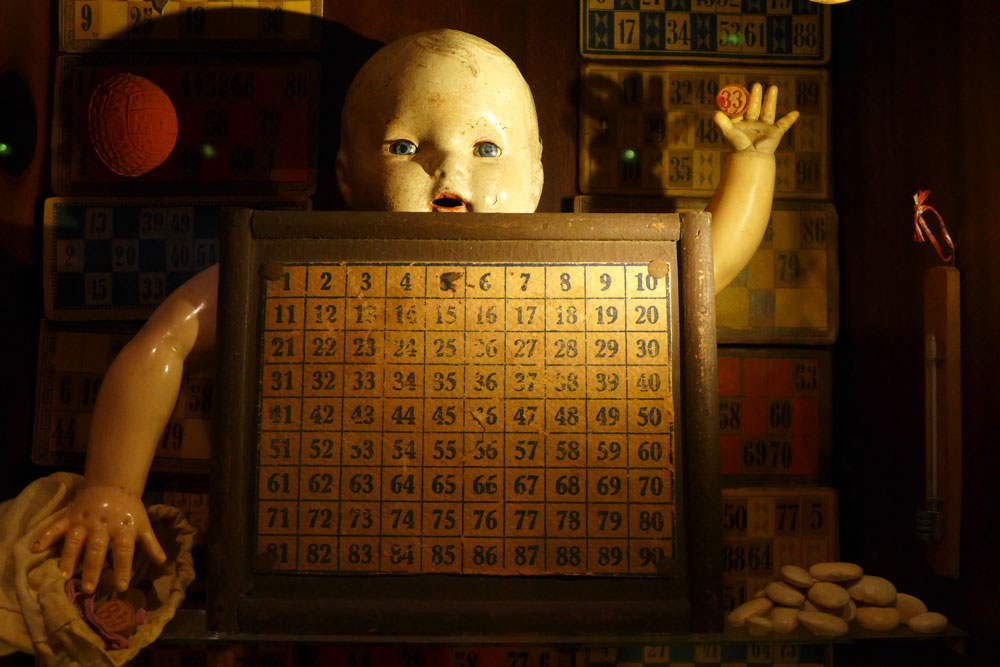

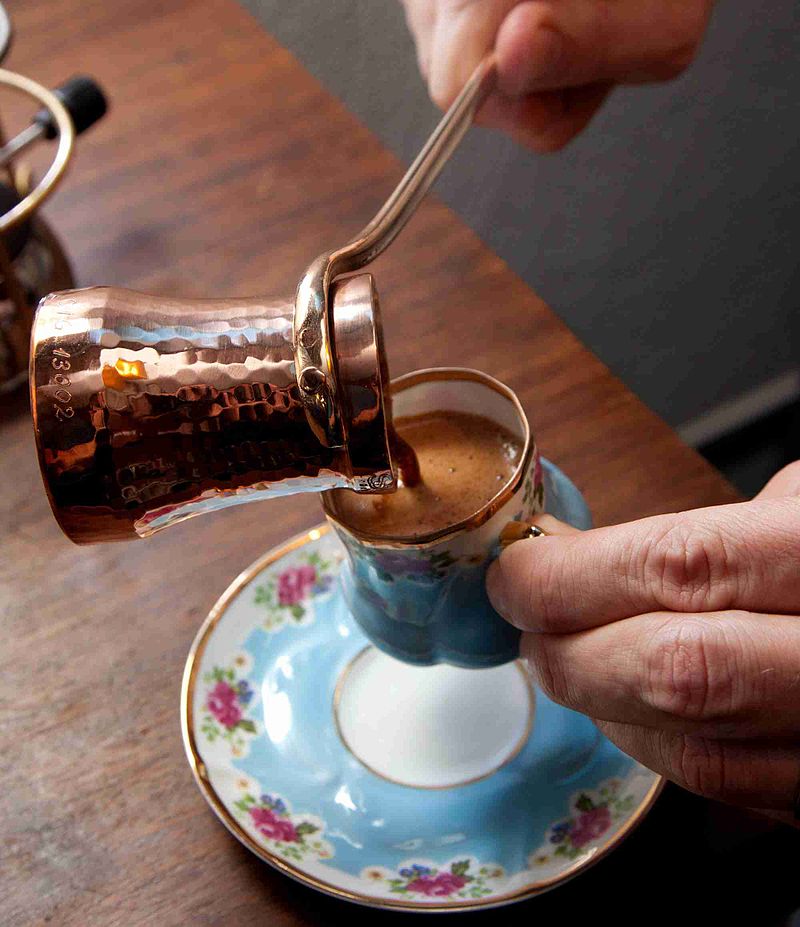
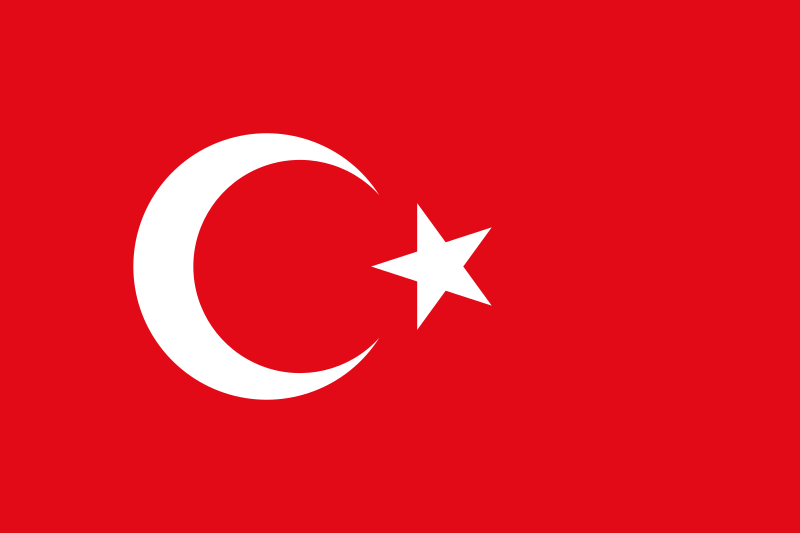
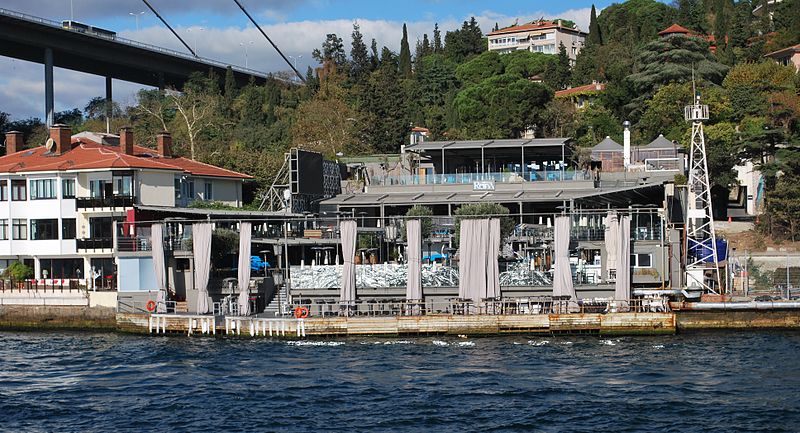




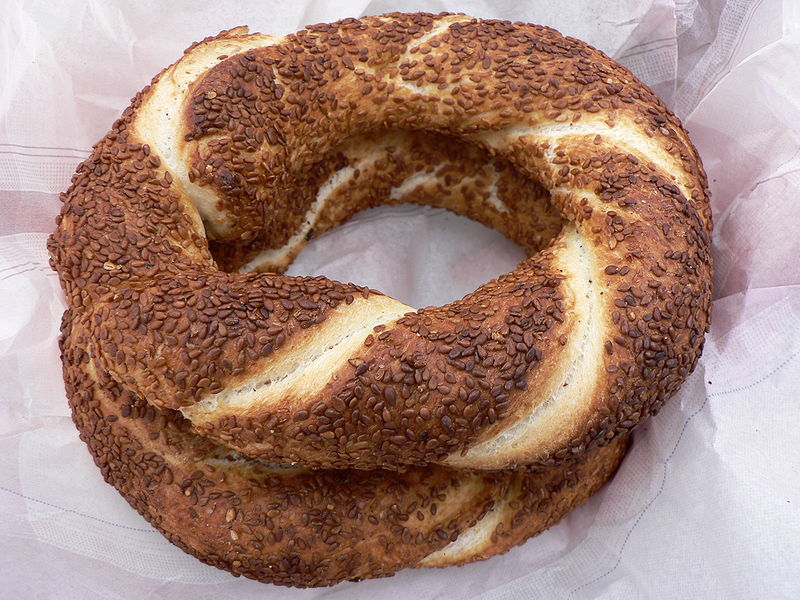





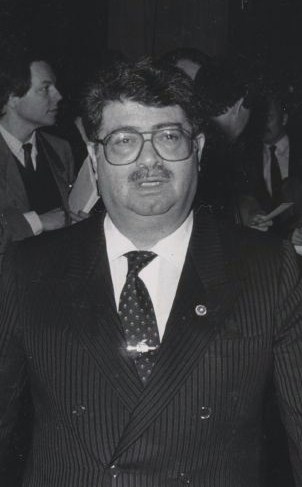










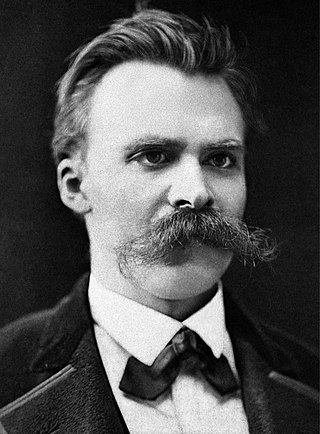
![Centered deep red circle on a white rectangle [2]](https://upload.wikimedia.org/wikipedia/en/thumb/9/9e/Flag_of_Japan.svg/800px-Flag_of_Japan.svg.png)

